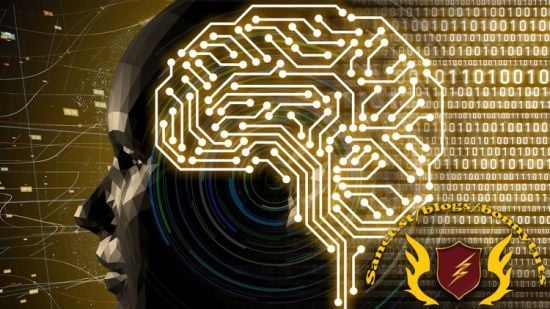
Published 7/2024
Created by Chaitanya attaluri
MP4 | Video: h264, 1280×720 | Audio: AAC, 44.1 KHz, 2 Ch
Genre: eLearning | Language: English | Duration: 32 Lectures ( 5h 43m ) | Size: 3.33 GB
Learn to create Deep Learning models in Python
What you’ll learn:
Deep Learning and Artificial Neural Networks Theory
Types of Activation Functions
Creating Artificail Neural Network (ANN)using Activation functions
Tensof flow and keras Introduction
Creating Convolutional Neural Network (CNN) using Teras flow and keras
Creating Recurrent Neural Networks(RNN)
Natural Language Processing(NLP) theory and Practice program
Understanding about Computur Vision
Assignment on ANN,CNN,RNN
Requirements:
Basic Python Programing Language
Knowledge on Machine Learning models
Description:
This course introduces students to the theory and practice of deep learning, a subfield of machine learning that focuses on learning representations of data. Deep learning has gained significant attention and has achieved state-of-the-art results across various domains such as computer vision, natural language processing, and reinforcement learning. The course will cover foundational topics including neural networks, activation functions, optimization techniques, and regularization methods. Advanced topics such as convolutional neural networks (CNNs), recurrent neural networks (RNNs), Natural Language Processing(NLP),and computer vision will also be explored. Practical aspects of deep learning, including implementation using popular frameworks (e.g., TensorFlow, PyTorch) and the use of GPUs for acceleration, will be an integral part of the course. Real-world applications and case studies will be discussed to illustrate the power and potential of deep learning in solving complex problems. Throughout the course, students will gain hands-on experience through programming assignments where they will apply deep learning techniques to a challenging problem in their area of interest.Learning Objectives:Develop a solid understanding of the theoretical foundations of deep learning, including neural network architectures, activation functions, and optimization algorithmsGain practical experience in implementing deep learning models using TensorFlow and kerasExplore advanced deep learning techniques such as CNNs, RNNs, and ANNs, and understand their applications in various domains.Learn to evaluate and interpret deep learning models using appropriate metrics and visualization tools.Apply deep learning principles to real-world problems through hands-on Assignment and case studiesLearning Outcomes: By the end of this course, students should be able to:Understand the fundamental principles of deep learning and its key algorithms.Implement and train various types of neural networks using popular deep learning frameworks.Evaluate and interpret deep learning models for different tasks such as classification, regression, and sequence prediction.Apply deep learning techniques to real-world problems and datasets.Critically assess current research in deep learning and stay updated with advancements in the field.
Password/解压密码www.tbtos.com
https://rg.to/file/656b7468d9545d211904e5aabdf61757/Deep_Learning_and_Neural_Networks_in_Python_(Data_Science).part1.rar.html
https://rg.to/file/25e9d418b50ab55bd0b9e33b422ba30e/Deep_Learning_and_Neural_Networks_in_Python_(Data_Science).part2.rar.html
https://rg.to/file/3761bd01558858b6cd8fc503eed67643/Deep_Learning_and_Neural_Networks_in_Python_(Data_Science).part3.rar.html
https://rg.to/file/40eed543639d1201f3295000bb2bf541/Deep_Learning_and_Neural_Networks_in_Python_(Data_Science).part4.rar.html
转载请注明:0daytown » Deep Learning and Neural Networks in Python (Data Science)